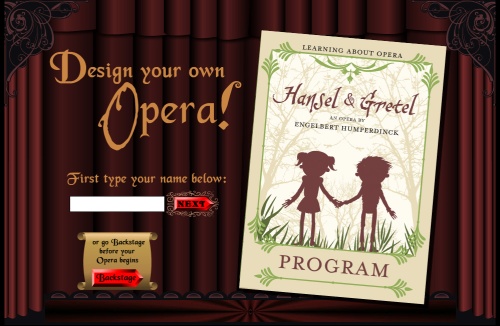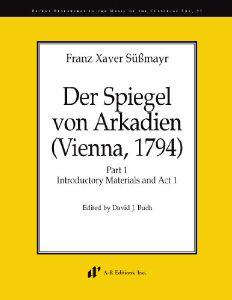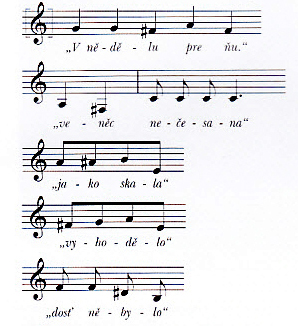
In an interview, the U.S. baritone Sherrill Milnes recalled growing up on a dairy farm in Illinois.
“It was down and dirty. Small family. Manure. Everything. Milking cows. Dairy is tougher than grain or beef. Twice a day the cows have to be milked. You’re sick? Too bad. You have to do it. You sprained your ankle and it’s swollen? Too bad. You have to do it….I suppose it created a certain work ethic that was undeniable.”
When he started to focus on singing as his career he sang to the cows, and even practiced dramatic bits while driving the family tractor.
“I was in the early stages of my career and practicing the different laughs of the various operatic characters…and, at one point, I looked over and there was a car stopped with about four heads sticking out the window looking at this insane person, driving a tractor, laughing [makes the different laughs]. Well, I didn’t do that for days—I kept looking around to see if any cars were coming.”
Excerpted from “A conversation with Sherrill Milnes” by Leslie Holmes (Journal of singing LXVI [September–October 2009] pp. 97–101).
Today is Milnes’s 80th birthday! Below, singing “Oh, de’ verd’anni miei” in a 1983 production of Verdi’s Ernani.










